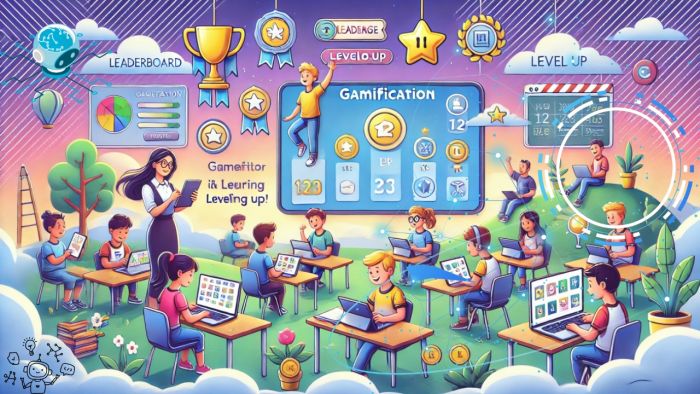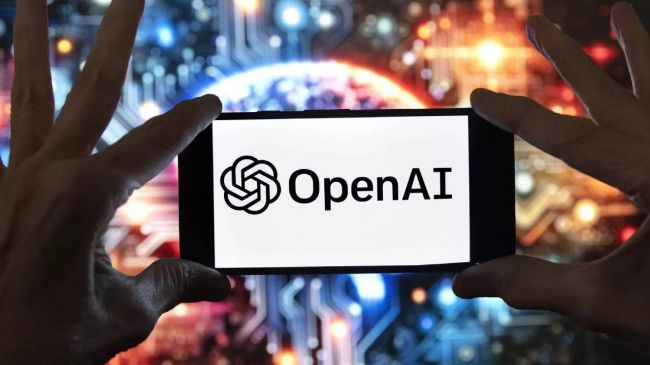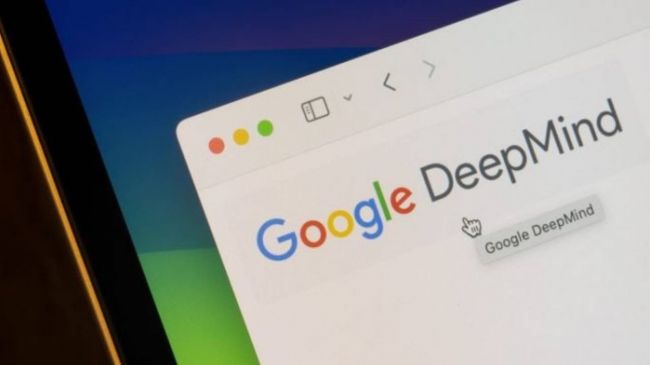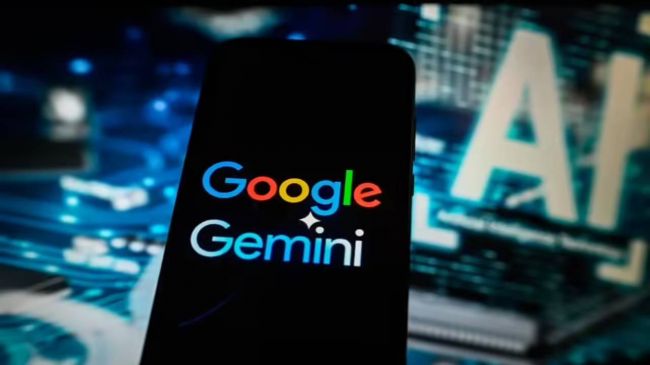Gamified learning apps are transforming education. From language apps like Duolingo to coding platforms like CodeCombat, AI-powered gamification is reshaping how we learn. But is this trend making education more effective, or just more entertaining?
What is Gamified Learning?
Gamified learning uses game design elements, points, badges, leaderboards, and challenges to make learning engaging. Adding game-like elements to something that already exists, such as lessons or training programs, makes knowledge more interactive. With AI in gamification, the synergy necessary to transform the learning landscape emerges. AI enables personalized, adaptive learning experiences, allowing students to progress at their own pace. Unlike traditional study methods, gamification taps into our brain’s reward systems, making progress feel like winning.
The Benefits of AI-Powered Gamification
- Personalized Learning Paths
AI can easily create personalized learning pathways for students. For example, Duolingo adjusts exercises if you’re struggling with verb conjugation, ensuring you stay motivated instead of frustrated. - Increased Engagement
AI-powered gamification significantly boosts student engagement. According to a 2023 McKinsey report, gamification can increase user engagement by 30-40% compared to static e-learning. Platforms like Genially even let you gamify your presentations, making it easy to design and create gamified educational experiences. - Real-Time Feedback
Traditional classrooms often delay feedback. AI, however, offers instant corrections. This feedback loop accelerates skill acquisition and makes learning more fun, engaging, and rewarding. - Building Consistency
Gamification encourages daily micro-learning. A Journal of Educational Psychology study found that learners who used gamified tools practiced twice as often as those using traditional study methods.
The Downsides: Distraction or Dependency?
- Overemphasis on Rewards
Some argue that gamification prioritizes badges over deep learning. Learners may focus on maintaining streaks rather than mastering content. - Digital Fatigue
Excessive notifications, daily reminders, and competitive leaderboards can overwhelm users, leading to burnout instead of sustained learning. - Short-Term Motivation
Research from the University of Helsinki suggests that while gamified tools boost initial motivation, long-term learning outcomes are mixed without intrinsic interest in the subject. - Equity Concerns
Not everyone has equal access to AI-powered platforms. The reliance on mobile devices and stable internet may widen educational gaps.

Striking the Balance
So, is gamified AI learning fun or a distraction? The answer depends on intent. If used as a supplement, gamification can make difficult subjects approachable. But when it becomes the sole motivator, it risks turning learning into a dopamine-driven game.
Key Questions to Consider
- Does gamification improve long-term retention, or just short-term engagement?
- How do we prevent over-reliance on digital rewards?
- Can AI gamification be designed to foster critical thinking, not just repetition?
- What safeguards are needed to ensure equitable access?
Gamification and Game-Based Learning Examples
Examples include Duolingo, Kahoot!, Quizizz, and CodeCombat, all of which blend game mechanics with educational content. Genially also demonstrates how teachers can gamify existing presentations to boost classroom interaction.
Best Gamified Learning Apps
Some of the best gamified learning apps today are Duolingo for languages, Kahoot! for quizzes, Quizizz for classroom engagement, and CodeCombat for coding. These apps showcase how gamifying learning with AI is a pathway to 21st-century skills like problem-solving, adaptability, and collaboration.
Shaping the Next Era of Education with AI
Gamified learning with AI is both a fun tool and a potential distraction. AI in gamification brings the synergy necessary to transform the learning landscape. It thrives when paired with intrinsic motivation and thoughtful design. As educators, developers, and learners, we must ask: are we playing the game of learning, or letting the game play us? For those exploring gamified learning with AI fun or digital distraction examples, the future rests in how we balance innovation with meaningful learning.
Post Comment
Be the first to post comment!





